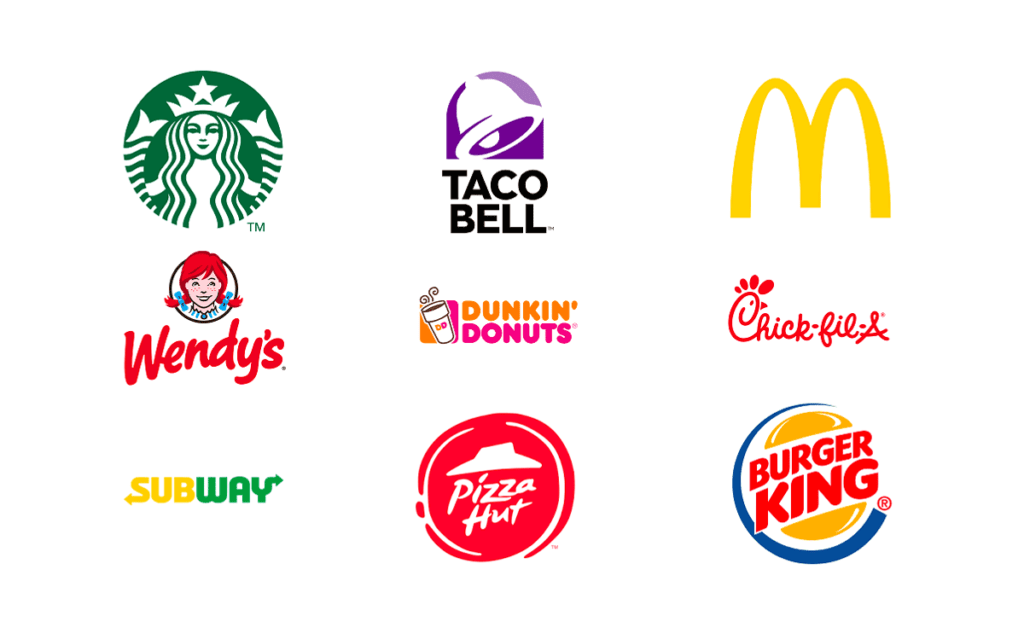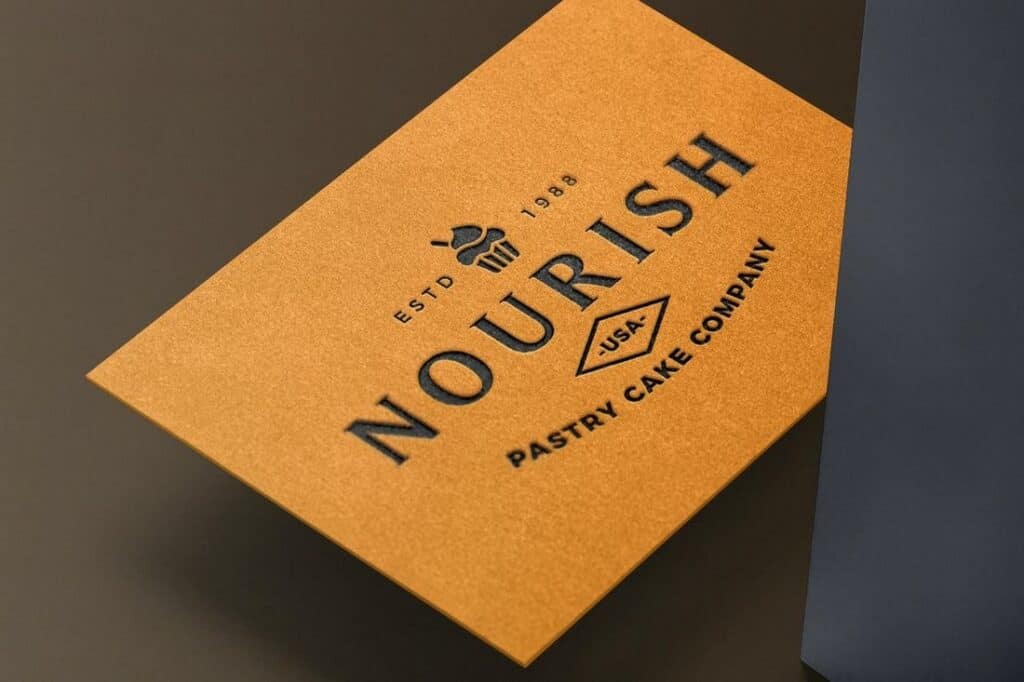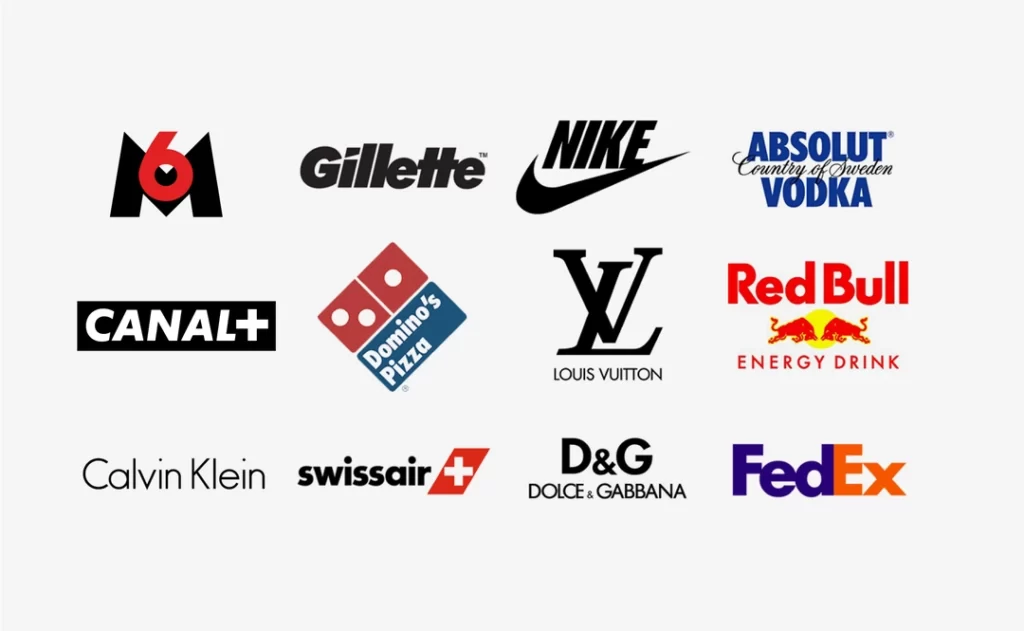How to Design a Logo That Stands Out in a Crowd
You're sitting at your desk, staring at a blank page on your screen. You must design a logo for your new business, but where do you start?
Designing a logo can seem daunting, but it doesn't have to be. With strategic thinking and creativity, you can craft a logo that represents your brand and grabs people's attention.
In this guide, we'll walk through a step-by-step process for designing a knockout logo, even if you don't consider yourself a designer. We'll cover:
- Defining your brand identity and target audience
- Finding inspiration from competitors and industry leaders
- Choosing the right colours, fonts, and shapes
- Creating concepts and iterations
- Evaluating and selecting your final logo
- Ensuring it's versatile for different uses
- Tips for standing out in a crowded market
Follow these steps, and you'll have a custom logo you can proudly display on your website, business cards, signage, and promotional materials. Let's get started.
Table of Contents
Understand Your Brand Identity and Audience

Before designing an effective logo, you must understand who you are as a brand. This requires some introspection and research.
Start by asking yourself key questions:
- What makes your business unique? What are your core values?
- Who is your target audience? What do they care about?
- What feeling do you want to evoke when people see your logo?
Your logo should symbolically encapsulate your brand identity. It's a visual representation of your business that needs to resonate with your audience.
For example, if you run an eco-friendly clothing company geared toward young professionals, your logo could incorporate elements like a tree to symbolise sustainability. The style might be clean and modern to appeal to your target demographic.
Take the time to define your brand and who you want to reach clearly. This will inform every design choice for your logo.
Research Your Competition (and Admire Their Logos)
Now that you understand your brand identity, it's time to scope the competition.
Conduct an analysis of competitors and industry leaders within your niche. Study their branding and specifically look at their logos.
What works well about their logo designs? What doesn't? Take notes on:
- Colour schemes
- Fonts
- Symbols or icons
- Layout and use of space
You want to avoid copying another logo, but this research will spur ideas you can use as inspiration for your unique design.
Pay attention to industry colour palettes that are commonly used. For example, many tech companies use blues and greens, while food and beverage companies often use reds, oranges, and browns.
Think about the shapes, symbols, and lettermark styles in your niche. This will help your logo align with consumer expectations while still standing apart.
Choose Your Colours Wisely

One of your most significant decisions is what colours to use in your logo. Colours evoke powerful reactions and associations that impact how consumers view your brand.
Start by considering colours that align with your industry or identity. For example, blue lends a sense of trust, green represents nature, and orange evokes enthusiasm.
You'll also want to avoid colours already dominating your competitors' logos. If all the major players in your niche use variations of blue, go for something entirely different.
When selecting your palette, keep these colour psychology tips in mind:
- Limit it to 2-3 colours – Too many colours can look messy. Choose one dominant shade and 1-2 accent colours.
- Watch out for cultural associations – Make sure your colour choices don't have negative connotations in certain cultures. Do your research.
- Consider versatility – Your colours must work in digital and print formats. Make sure they look great on screen and business cards or apparel.
- Go for contrast – Choose colours that complement each other on the colour wheel, creating a bold contrast. This increases legibility.
- Evaluate across media – Make sure your colours work on your website, packaging, promotional materials, etc. Maintain consistency.
Following colour theory principles will ensure your palette helps attract your audience and reinforce your brand message.
Pick the Perfect Typography
Along with colours and symbols, your choice of fonts and typography is crucial for your logo design. The right font aligns with your brand personality and makes your logo distinctive.
When selecting typography:
- Limit your design to 1 or 2 fonts – Anything more looks cluttered. Opt for one display or script font paired with something simple like Helvetica or Arial.
- Consider legibility – Your font must be easily read in large and small sizes. Avoid ornate script fonts if legibility suffers.
- Match the style to your brand – A fashion brand might use a thin, sleek font, while a preschool could pick something friendly and playful.
- Pair complementary fonts – Combine a sans-serif font with a serif font for contrast. Or use variations of thick and thin in one font family.
- Check licensing requirements – If using a unique commercial font, ensure your license allows commercial use in your logo. Standard system fonts like Arial are the safest.
- See how fonts render digitally – Look at how your fonts appear on screens and ensure they translate well from print to digital media.
Taking typography seriously will level up your logo. The right font choice can make your design pop.
Incorporate Meaningful Symbols and Shapes

In addition to colours and fonts, many logos incorporate symbols or shapes that visually communicate the brand identity. Think of the Apple logo, Mercedes emblem, or WWF Panda.
Meaningful symbols amplify recognition and help consumers engage with your brand. When brainstorming symbols for your logo, consider the following:
- Industry relevance – What symbols are recognisable in your niche? A hospital could use a cross, while a tech company may prefer more modern iconography.
- Mission relevance – If environmentalism is part of your brand identity, incorporate symbols of nature like trees, leaves, or birds.
- Category cues – Use universal symbols for your business category, like silverware for a restaurant or a lightbulb for a creative agency.
- Region relevance – Local businesses can include symbols of their city or state, like a landmark or plant.
- Visual metaphors – Conceptual symbols can represent intangible ideas like an open door, meaning “welcome.”
The same goes for shapes. Circles imply community or wholeness, squares represent stability, and triangles feel dynamic.
Leverage shapes and symbols strategically to imbue more meaning into your logo.
Sketch Concepts and Iterate
You've researched, chosen colours and fonts, and brainstormed intelligent symbols. Now, it's time to start designing.
Grab some paper and pencils/pens to sketch rough logo concepts. Don't worry about perfection. The goal here is to explore many ideas and directions. Let your creativity run wild.
Start with the basics, like your company name or initials. Experiment with different layouts, integrating symbols and shapes.
Once you have a stack of rough sketches, critically evaluate the results:
- Do any look derivative of other logos? Eliminate those.
- Are any hard to decipher at a glance? Toss those.
- Do any reflect your brand identity and feel unique? Circle those winners.
Take your best sketches and iterate further. Make the symbols more intricate. Combine elements from different concepts into new hybrid logos.
Refine shapes and fonts, moving closer to a professional design while retaining the character of your initial sketches.
This process of sketching and refining will organically lead you to a strong logo possibility.
Create Killer Concept Presentations

You likely have a frontrunner logo direction, but don't stop here. To get objective feedback, you need to present it professionally.
Create mockups to showcase your logo on hypothetical branded collateral: design business cards, apparel, packaging, advertisements, and signage.
Place the logo prominently on each mockup following proper branding guidelines. This will give viewers a sense of how it could be applied.
Ideally, create 3-5 mockup concept presentations. Ask for structured feedback from target consumers, colleagues, and professional designers.
Questions to ask:
- Does this logo effectively represent the brand?
- Is it memorable and recognisable?
- How does it compare to competitors' logos?
- Would you be proud to wear apparel with this logo?
Use this feedback to determine if you need to rework anything before finalising your design.
Check That Your Logo Works Everywhere
Your logo will appear across digital and print media, from social media avatars to t-shirt embroidery. Make sure it works flawlessly in all applications.
Test it by:
- Resizing – Scale your logo down to 32×32 pixels. Make sure it's still legible and doesn't lose critical details.
- Printing – Print it on paper and fabric in different sizes. Ensure it's sharp and aligned.
- Converting formats – Export your logo to PNG, JPEG, SVG, or PDF. Confirm no distortion across formats.
- Applying on media – Display your logo, flyers, and product packaging on your website. Check for consistency.
- Inverting colour – See if your logo looks good inverted to white or black. Test placing it on different colour backgrounds.
Your logo should render beautifully at any size and any medium. Polish it until it's flawlessly adaptable.
Stand Out with a Logo No One Will Forget

You now have a tailored logo that encapsulates your brand and resonates with your audience. But the final step is ensuring it's unique enough to stand out from the noise.
Some tips:
- Push boundaries – Be bolder with colours, fonts, or shapes than competitors. Don't be afraid to break design “rules.”
- Add unexpected flair – Include a creative visual twist, like an unusual placement of symbols or letters.
- Leverage negative space – Use space within or around your logo to create interesting illusion shapes.
- Keep it simple – Avoid clutter. Find ways to strip your logo down to its essence.
- Use scalable vector formats – SVG and EPS files stay crisp at any size. They'll ensure your logo always pops.
With creativity and diligent testing, your logo can be recognisable and unexpected. Distill your brand into a memorable marker people will react to.
Just remember – you can continually refine over time. Even global brands periodically refresh their logos. Focus on nailing the basics now.
FAQs About How to Design a Logo
How much should I budget to have a logo professionally designed?
Logo design fees range widely from $200 to $5,000+, depending on the extent of custom work needed. Expect to invest around $500-$1,500 for a unique design from a professional graphic designer.
Can I design my logo as a non-designer?
Anyone can design a logo with the right strategic approach—sketch concepts based on competitive research and brand identity. Refine your favourite ideas digitally using logo design software.
What file formats should my logo be designed in?
Opt for vector formats like SVG, EPS, and .AI, so your logo can scale sharply to any size. Also, request high-resolution .PNG or .JPEG raster files for digital use.
How long will it take to design my logo?
Most professional designers take 1-2 weeks, from concept to final files, for the entire design process. Give yourself at least this time for an in-depth design process, including multiple drafts.
Can I trademark or copyright my logo design?
You can formally register your logo with the U.S. Patent and Trademark Office and U.S. Copyright Office. This provides legal protections against unauthorised use.
Conclusion
Designing a standout logo takes time, creativity, and strategy. But follow this comprehensive process, and you'll have a custom logo to be proud of – even on a budget and without advanced design skills.
The key is defining your brand identity, thoroughly researching competitors, and iterating on multiple concepts. Select colours, fonts, symbols, and shapes that reinforce your mission. Refine logo mockups based on feedback. And ensure versatility across mediums.
Most importantly, be bold and think outside the box. With a unique logo tailored to your audience, you can cut through the noise and present a memorable brand image.
So, put these tips into action. With focus and imagination, you can craft a logo that embodies your business and captivates customers. It all starts with a sharp pencil and a blank page.
